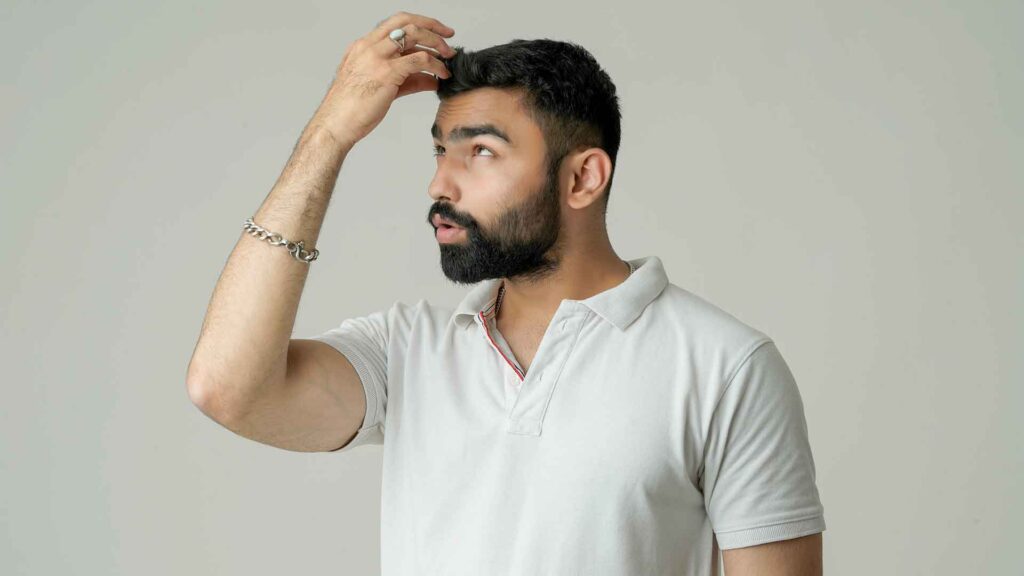
Doctors’ Expertise: There are several doctors and hair transplant clinics in India. The charges for these doctors vary greatly. The price list has the most sought-after and skilled surgeons at the top with the highest charges. Before making a decision, it is advisable to investigate the reviews and history of the Surgeon or clinic.
Clinic’s Reputation: Clinics with appropriate local and international certifications are always working to improve their services and upgrade their equipment. Because it necessitates additional investments, the rates are generally 10-20% higher than those of less reputed clinics.
Discounts: In India, hair restoration clinics regularly provide time-limited discounts. It is possible to receive a hair transplant at discounted rates at an authorised clinic conducted by a top surgeon closely monitoring them.
Number of follicles: Although most clinics provide all-inclusive packages, some charge per graft. It is important to understand the maximum range of grafts in order to determine how much you will pay.
Technique: Hair replacement techniques vary greatly. Some are sophisticated, and special materials are used at an additional expense. The cost may vary significantly depending on the technique and materials used.
The first thing to know about Direct Hair Implantation is that the name is another way of saying it is an FUE procedure. DHI is marketed as a modification of FUE by some companies.
During Follicular Unit Extraction surgery, the hair transplant surgeon removes hair follicles on an individual basis from the donor area on the scalp which is usually the back and sides of the scalp. The hair follicles are stored out of the body before they can be placed into incisions made in the scalp.
The marketing materials for DHI promote the fact that they use a special pen-shaped tool that can do both steps at the same time. The surgeon extracts the hair follicles using a tool that contains a punch. The hair follicles that were removed by the surgeon are stored out of the body before they are loaded into a sharp implanter so they can be implanted into the balding areas on the scalp.
Percutaneous FUE
Percutaneous FUE is a novel FUE hair restoration technique performed at Adgrohair clinics. The technique is designed to improve the efficiency and growth of hair that has been transplanted by the surgeon. PFUE uses advanced extraction and placement equipment to remove and implant the hair grafts into the scalp of a patient immediately after they are extracted. The ability to perform these tasks simultaneously will limit the time the grafts have to stay out of the body and also improve the survival of the hair grafts.
There are a number of steps involved in performing PFUE such as:
The creation of premade sites in the scalp before the extraction begins
A chasing method that is used to harvest the hair grafts, is the placement of the hair grafts in the scalp using implanting needles. The surgical team uses magnifying loupes (with a longer focal distance), so the technician does not have to be too close to the head of the client. The grafts can be extracted and placed by three or four operators at the same time. This novel technique means the hair grafts are able to be implanted soon after they are extracted from the donor area on the scalp. PFUE minimizes the time each graft stays out of the body which gives a higher viability rate to the grafts. In addition, SEP has also been shown to lower the overall length of the procedure.
DHI vs PFUE – Direct Hair Implantation has been created to be a marketing tool as much as it is a hair transplant technique. While doctors that offer DHI claim it is one of the most effective and advanced hair transplant options currently available, they have not offered any studies that have compared the results provided by other FUE procedures.
If the two techniques sound familiar, there is a good reason since both techniques follow many of the same steps, but DHI lacks the extensive training that is a required part of performing the PFUE method.
When performing the PFUE method, the design of the sites is made by the surgeon at the beginning of the procedure. These small incisions are made after the surgeon has designed the hairline and determined where the hair grafts will be inserted into the scalp. In general, our surgeons create the sites at the beginning (premade sites) of SEP because of three distinct advantages:
The grafts will be implanted shortly after they are extracted from the donor area. This means the live tissue does not need to stay out of the body for a long time like other hair transplant methods. Less out-of-body time increases the survival rate of the grafts. Since the sites are made prior to the placement of the hair grafts, the healing process of the recipient area has already begun. The expedited healing could facilitate the growth of new hairs. The placement of the hair grafts can be performed using implanting forceps which minimizes trauma to the hair grafts.
In general, the other methods used to perform Follicular Unit Extraction normally involve the extraction of all of the grafts before placing them in the scalp. These FUE methods can be performed through the use of sharp implanters or forceps.


